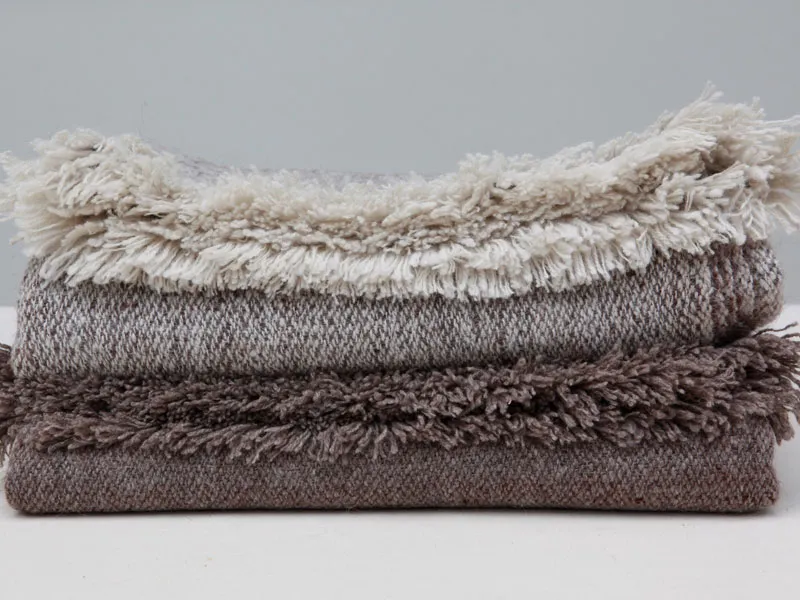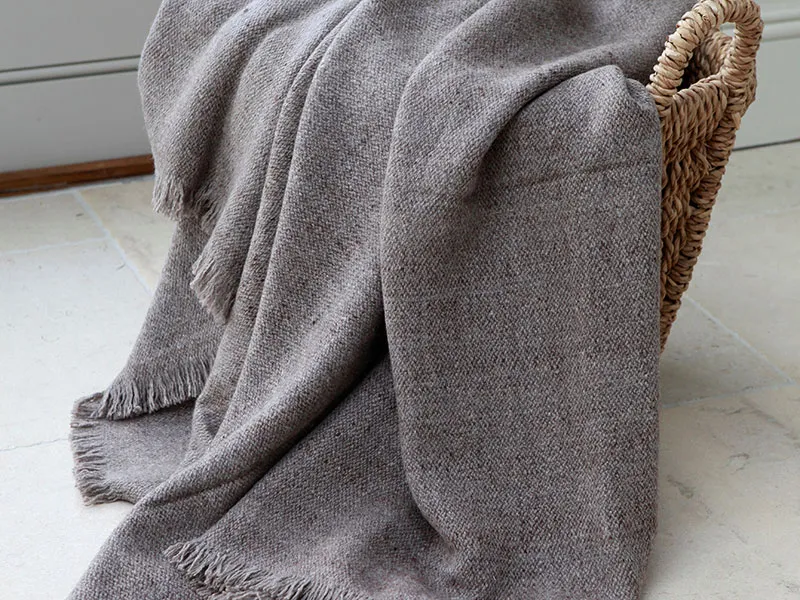Slow Production
time the new luxury
Slow design is at the forefront of redefining the true meaning and understanding of the today’s biggest luxury – time.
The bling of flashy luxe is slipping slowly out of fashion and a ‘new luxury’ is taking it’s place. One that is defined by the far more sophisticated qualities of artisan, craftsmanship and handmade detailing. By their very nature, these items are made to last, they are imbued with the spirit of those who create them and as such have an individual quality that is coveted.
Luxury companies are desperate to distance themselves from the masses and never more so than now. Slow, hand created, individually designed products help them remain apart. Products that are artisan made cannot be copied so easily, they hold more value and they hold quality.
In order to move forward we need to look to the past. Look to a era when things took time to make and we all had more time to saver.
We are living in a always-on, connected world where we feel time-starved. Modern life has many advantages but there are as many disadvantages. For all the tools, tech and services at our finger tips we seem to be over whelmed, deluged, stressed and depressed.
The services, experiences and products we seem to value the most are the ones who hand us back our time – or help us get the most out of it.
It is ironic that Smart phone technology promised us that we can save time, if we work on the way home we will free up time with the families. If we free up the diary we can have richer personal lives. The reality is the opposite. Multi tasking has been scientifically proven to compromise our results. Constant distractions are eroding our abilities to concentrate. Whilst we might be getting more done we are doing those things less well.
We might be widening our social networks on line but the reality is we are becoming less social in real life as a result. We are simply too tired.
More hours in the day might be what we all wish for but the reality is we need to learn how to enjoy them.
Consumers are beginning to realise that by investing in those things that help us to slow down rather than cram more in, we are investing in our own mental health and well being. Mind fullness is the new buzz word in the boardroom and meditation is daily practice at Google. By investing in ‘slow’ products that encourage us to live more mindfully, more happily, we are gaining slivers of peace in our day.
Whilst staying at a friend’s house in London recently I was struck by two things – the kettle and the clock. Both were traditional, both were reminders of a a time past when we were time rich. The gentle chime of the kitchen clock as it struck the hour and the constant whistle of the kettle on the gas. I loved the atmosphere that those two things created for my family. We can all wait a few more minutes for the kettle to boil and we all need things that help us to focus and just be. I vowed that tea at 4 o’clock with the addition of chimes and the whistling kettle would be a time where we stopped.
Brands will be considered luxurious if they either take from their customer as little time as possible or maximise the experience during the time interacting with that brand.
The individually hand spun, hand woven, hand dyed cosi cashmere scarf has an experience attached both to the actual wearing of the product but also in the deep story associated with the brand. They are also made with a cradle to grave lifespan.
Similarly, Henri Beguelin hand bags are a time rich artisan procedure – the leather is soaked in roses to achieve a dusty pink before being hand stitched together to form a handbag made to last. There is an experience that lasts the test of time.
For now old seems to be new again. The new ultimate luxury is, as it ever has been, time.
Time is coming back into fashion.

“in order to move forward we need to look to the past. look to a era when things took time to make and we all had more time to saver.”

“craftsmanship by nature is slow. more time means more sustainable. one goat produces wool for one blanket per year”